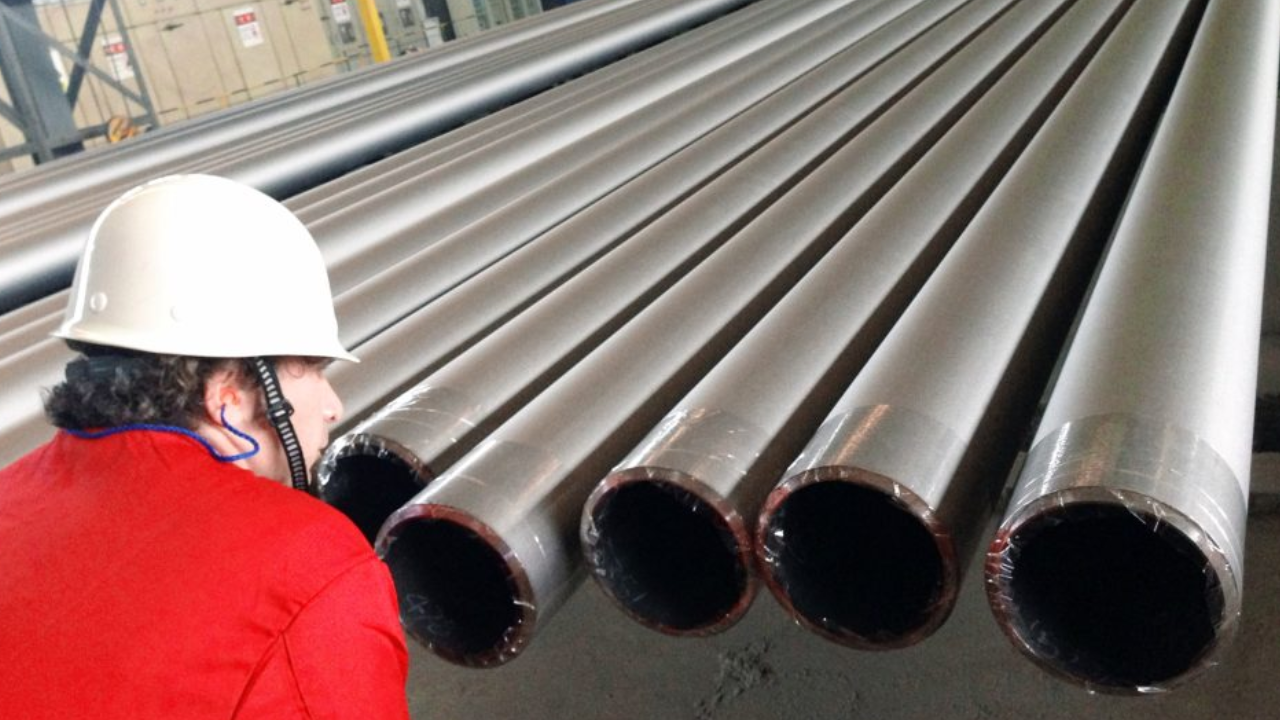Grade S355J2H is a metallic alloy comprising manganese with low carbon. This medium tensile carbon metallic possesses both correct weldable houses as well as appropriate impact resistance. Metallic grade S355J2h is likewise well applicable to be employed in sub-zero temperature programs.
There are several designations allotted underneath specification EN 10210. As an instance, the image J in mixture, could residences of EN 10219 s355j2h steel Pipe at specific temperature points of 0℃ and – 20℃ apiece.
The letter H is a designation meant for hole-sectioned merchandise just like the S355J2H Pipe. The alternative designation that touches the base concerning its application is the letter S, which is a standard function of structural steel. There are various reasons why the S355J2H Pipe is more famous and exhibits unique impact energy.
Effects on the Weldability of S355J2H Pipe
The weldability of S355J2H pipe is affected by numerous factors, comprising its chemical composition, mechanical houses, and the best conditions under which welding is carried out. Right here are some important impacts on the weldability of this pipe fabric:
Chemical Composition
The chemical composition of S355J2H pipe significantly affects its weldability. Key elements consisting of carbon, manganese, silicon, phosphorus, sulfur, and other alloying factors play a position in determining the pipe’s welding characteristics. Better carbon content can grow hardness however lessens weldability because of the hazard of forming brittle microstructures like martensite. Factors like manganese and silicon improve weldability by enhancing deoxidation and controlling the formation of unwanted stages. Proper control of chemical composition ensures balanced homes, improving weldability without compromising power.
Heat-Affected Zone (HAZ) Properties
The area of the base material that undergoes thermal alteration during welding is known as the “heat-affected zone.” The properties of the HAZ are crucial for the general weld to be excellent. Welding can cause full-size microstructural changes in the HAZ, affecting toughness and hardness. Controlling the warmth enter and cooling rate can minimize detrimental outcomes in the HAZ, improving the overall integrity of the weld.
Preheating and Interpass Temperature
Preheating and retaining the ideal interpass temperature are vital practices for welding S355J2H pipes, especially in thick sections. Preheating facilitates the reduction of the cooling fee, stopping the formation of brittle microstructures and lowering the chance of hydrogen-brought cracking. Preserving an appropriate interpass temperature ensures constant welding situations and avoids thermal cycling troubles. Right preheating and interpass temperature control beautify weldability by decreasing thermal stresses and stopping cracking.
Welding Technique
The choice of welding technique and approach can extensively affect the weldability of S355J2H pipes. Approaches like shielded metal arc welding (SMAW), gasoline metal arc welding (GMAW), and submerged arc welding (saw) have distinctive heat inputs and penetration characteristics. Strategies which include stringer beads or weave beads can affect heat distribution and weld penetration. Deciding on the best welding manner and approach guarantees the most reliable heat control.
Weld Joint Design
The layout of the weld joint influences the convenience and first-class of welding. The right joint practice, which includes beveling and cleaning, is crucial for accomplishing top weld penetration and keeping off defects. Tight match-up tolerances ensure steady weld bead placement and reduce the hazard of misalignment and welding defects. Well-designed weld joints facilitate easier welding and enhance the final weld best.
Welding Consumables
The choice of welding consumables, consisting of electrodes and filler metals, affects the compatibility with the base cloth and the very last weld residences. The usage of consumables with a composition that fits or enhances the base cloth guarantees compatibility and minimizes the threat of weld defects. Low-hydrogen consumables reduce the threat of hydrogen-brought cracking, in particular in thicker sections. The best welding is improved and the risk of faults is reduced when welding supplies are chosen properly.
Post-Weld Heat Treatment
The mechanical characteristics of the weld joint can be enhanced with the help of post-weld heat treatment or PWHT. This makes it easier to minimize residual stresses, which can lead to rupture and breaking in the weld joint. PWHT can refine the microstructure within the HAZ and weld metallic, improving longevity and ductility. Applying appropriate PWHT improves weld integrity and mechanical residences, in particular for essential programs.
Environmental Conditions
Environmental conditions, which include temperature and humidity, can affect the welding method and the fine of the weld. Welding in cold environments can boost the danger of cracking because of better cooling charges. Preheating and controlling the welding surroundings can mitigate this danger. Controlling environmental conditions throughout welding guarantees constant quality and reduces the risk of weld defects.
Conclusion
The weldability of EN 10219 S355J2H pipe is influenced using a combination of factors. Understanding and controlling these factors is crucial for accomplishing amazing welds and ensuring the structural integrity and overall performance of the welded joints in diverse programs. By addressing those concerns, engineers, and welders can optimize the welding system and enhance the general weldability of S355J2H pipes.

